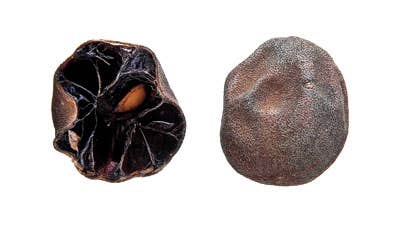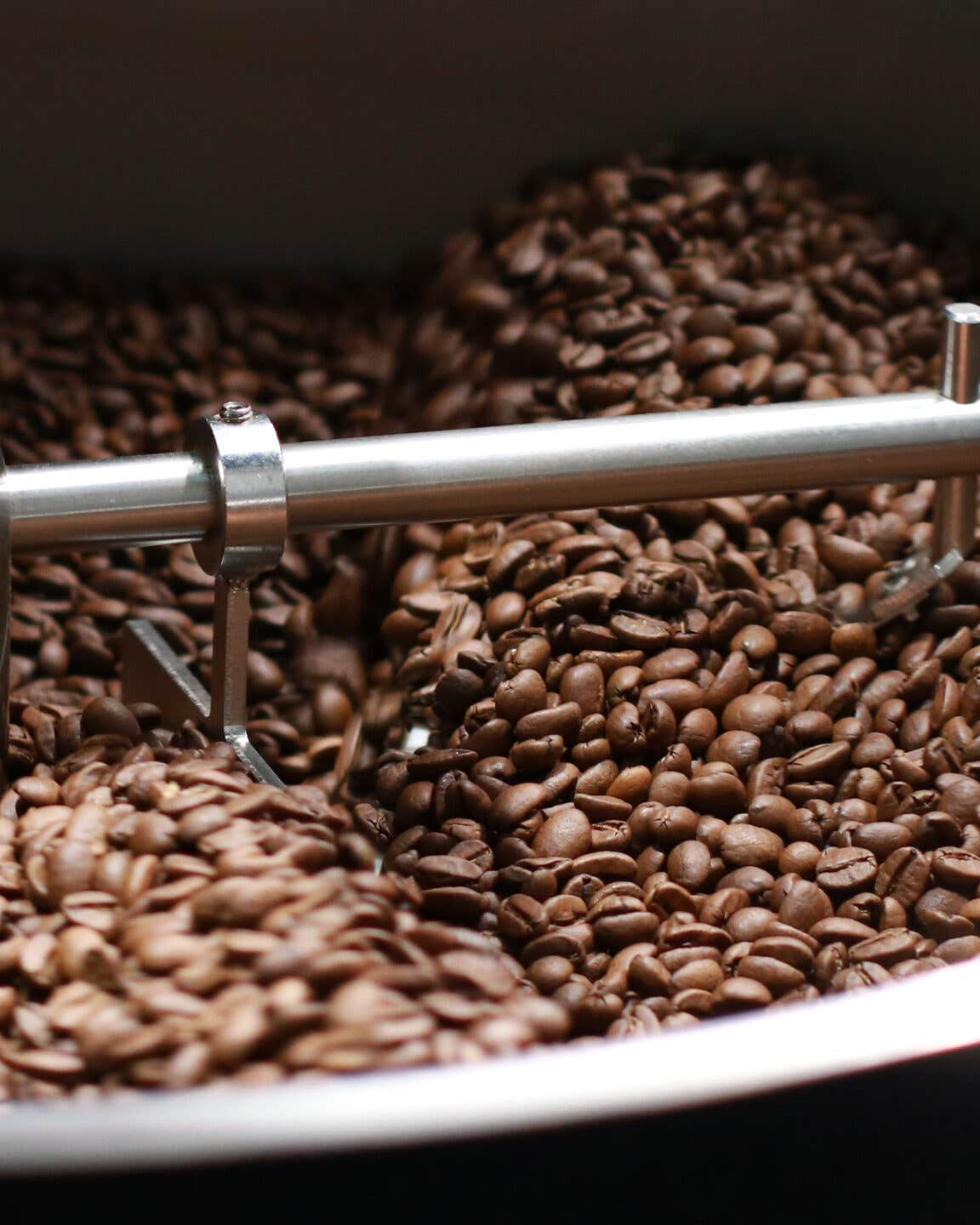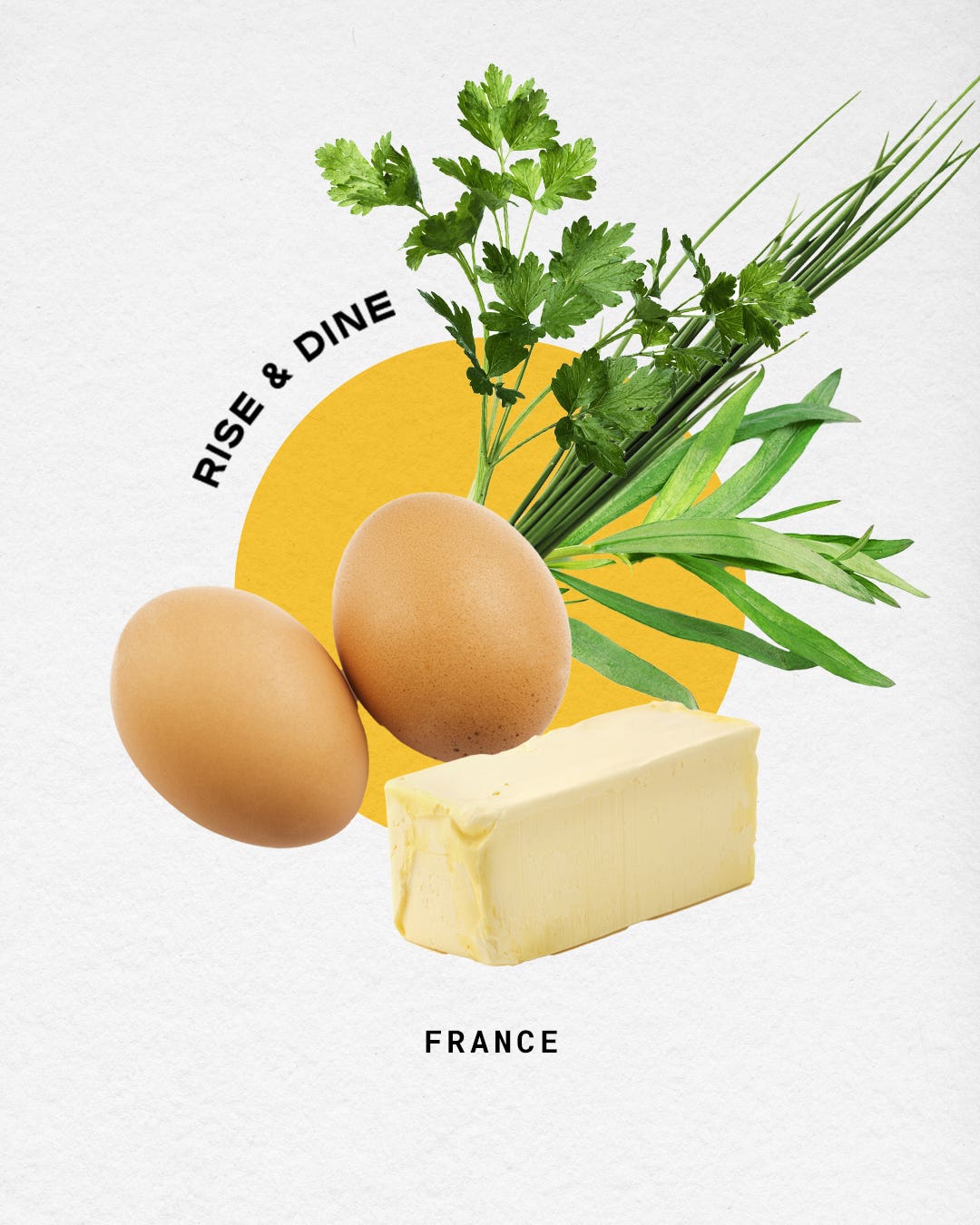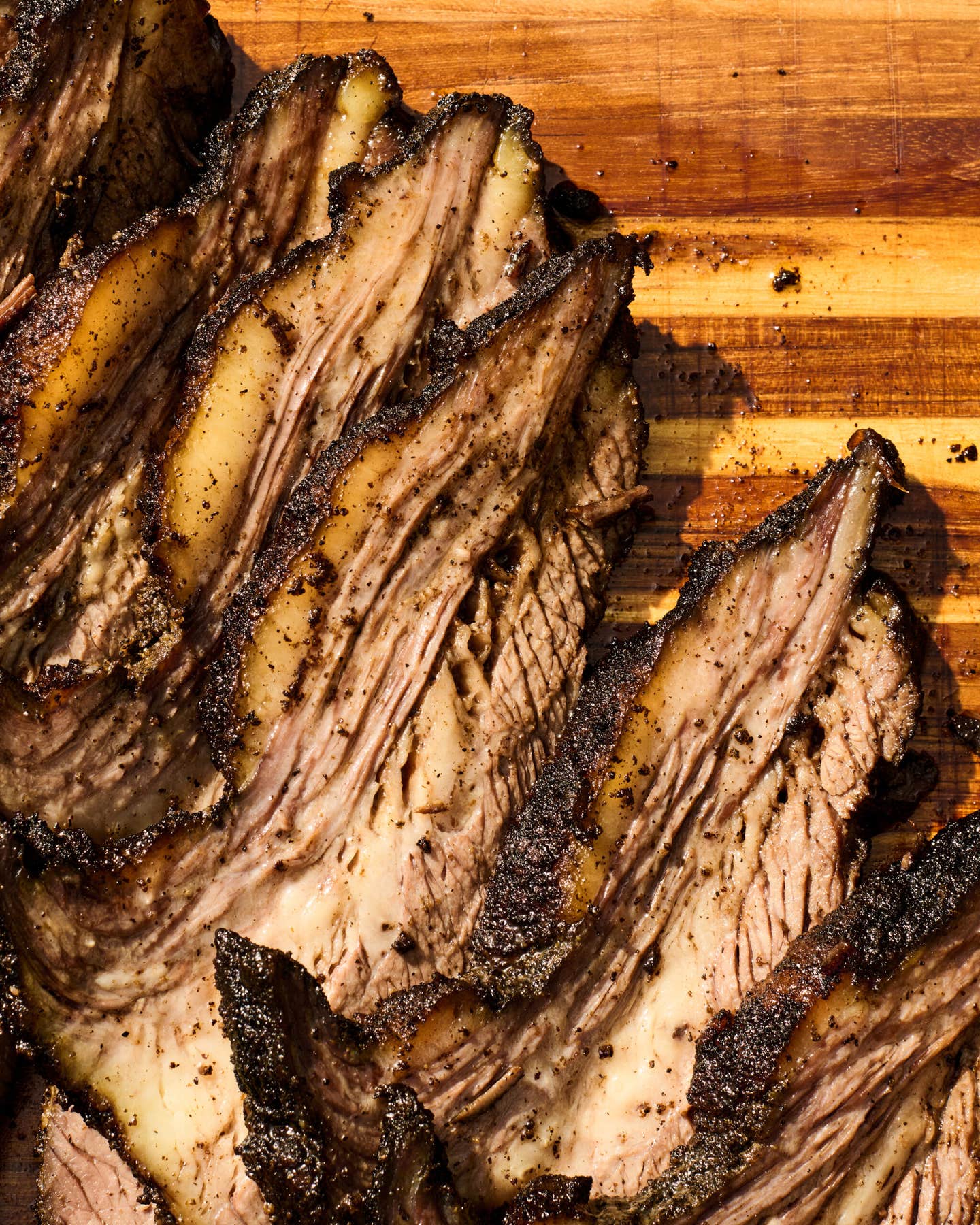
Sour Power: Cooking With Dried Limes
With a flavor at once sour and musky, dried limes are an essential ingredient in the Persian Gulf countries, as well as in northern India. The walnut-size, lightweight limes are made from harvested fruits that have been boiled in brine and then sun-dried until the seeds and pulp shake loosely within dry, leathery skin. Throughout the Gulf region, they are referred to as limoo amani, or Omani limes, for their country of origin, where they are simply called limoo. Dried limes are used exclusively as a seasoning, and can be added whole to stews or sauces to impart a tart, pungent dimension; a few pricks with a knife allow the cooking liquid to permeate the fruit, hydrating it and releasing its complex flavors. In the shrimp and rice pilaf, for example, dried limes enhance the fragrance of curry leaves, turmeric, and other aromatics, while adding earthy and acidic notes. Depending on their drying time, the limes' colors range from parchment brown to charcoal (hence their alternative name, black limes)—though they're often discarded before serving, paler dried limes are used for lighter-colored dishes, and black limes for darker stews. Dried limes are also broken open, seeded, and ground to be sold as a powder, which is delicious sprinkled on seafood or lentils, or used as a rub on all sorts of meats. Though grinding releases volatile oils and thus limits shelf life, stored whole, dried limes can last for two years. You can also make your own by blanching fresh limes in salted water and drying them on a rack in the sun or in an airy pantry for at least a week.
Keep Reading
Continue to Next Story










